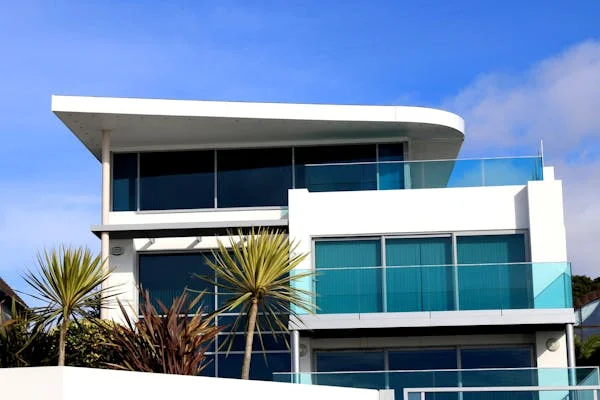Designing a dream home begins with selecting the right house and land package. With lots of options available, the process can feel overwhelming. However, by following expert advice and understanding key design principles, making informed decisions becomes easier, ensuring the home is functional and appealing. This article shares eight expert tips to help create a space that suits a lifestyle and needs.
1. Define Your Lifestyle Needs
Before designing your home, consider lifestyle needs. Think about how daily life is spent. Are hosting guests a priority? Is a home office or gym necessary? Identifying practical needs will help prioritize features like extra bedrooms, open-plan living spaces, or a spacious backyard. Understanding priorities early on ensures the house and land packages align with current and future needs.
2. Research the Location
The land for a new home is just as important as the house design. Before committing, research the location thoroughly. Consider factors like proximity to schools, public transport, shopping centers, and parks, as well as the neighborhood’s growth potential. Consider whether a quiet area or a vibrant, urban setting is preferred. The location will impact both quality of life and the future value of the property.
3. Choose a Layout That Maximizes Space
Whether on a large or small plot, it’s important to design a floor plan that makes the most of the available area. Focus on open-plan living spaces that blend the kitchen, dining, and living areas for a sense of spaciousness and flow. Also, consider how rooms will be used and create multifunctional spaces. For instance, an extra room can serve as a guest bedroom or study depending on needs.
4. Focus on Natural Light and Ventilation
Prioritize large windows that allow sunlight to fill living spaces, enhancing ambiance and reducing the need for artificial lighting, which improves energy efficiency. Consider the sun’s direction and window placement to ensure each room gets ample light. Also, think about cross-ventilation by positioning windows and doors across from each other to encourage a natural flow of fresh air.
5. Plan for Future Growth
While not all the space may be needed now, family and lifestyle will evolve. Consider creating flexible spaces, like an extra bedroom or home office, that can easily adapt to changing needs, such as becoming a nursery or guest room. Also, think about the potential for future extensions or renovations. Furthermore, planning for growth helps ensure a home stays functional as needs change.
6. Incorporate Sustainable Design Features
Eco-friendly features not only benefit the environment but also save money in the long run. Consider installing solar panels, rainwater tanks, and energy-efficient appliances. Insulation and double-glazed windows help regulate temperature, reducing heating and cooling needs. Using sustainable materials like timber and recycled options further reduces a home’s environmental impact while enhancing design.
7. Personalize Your Design
As you consider the functionality and practicality, be sure to infuse personal style into home design. This is the chance to get creative with colors, textures, and finishes that reflect taste. Whether preferring a modern or a traditional style, ensure the design feels like an extension of individuality. Incorporate elements like statement lighting or unique architectural features to make a home truly one-of-a-kind.
8. Work with Professionals
Building a home can be complex, but working with experienced architects, designers, and builders is key to bringing a vision to life. These professionals will guide through the process, help navigate challenges, ensure compliance with building regulations, and offer recommendations based on the latest trends and technologies. Expertise will provide peace of mind and ensure the home is built to the highest standards.
Where Design Meets Lifestyle!
Executing the perfect house and land package is a rewarding process when considering needs, location, and the layout that suits the lifestyle. From incorporating sustainable design to personalizing the space, a home that is both functional and beautiful will be created. Working with professionals is essential to turning a dream home into a reality. Follow these expert tips to create the perfect home for the family.





